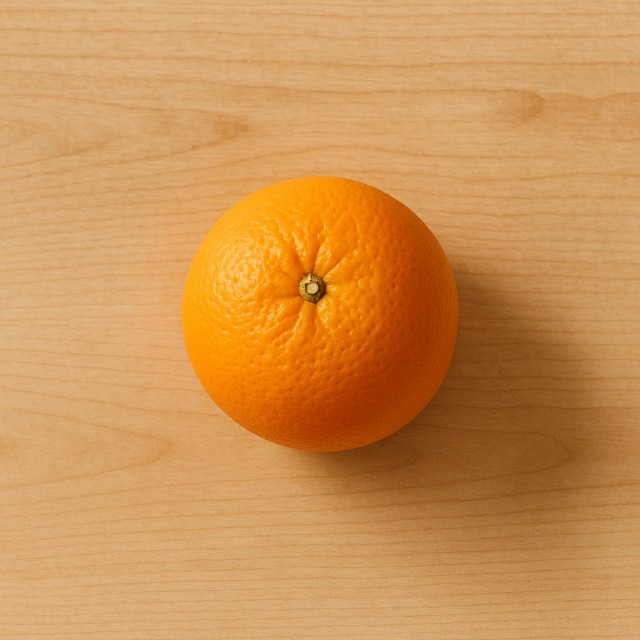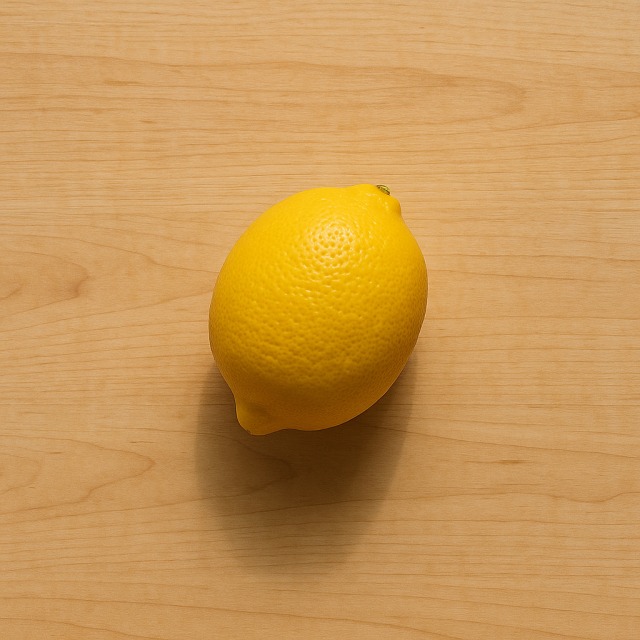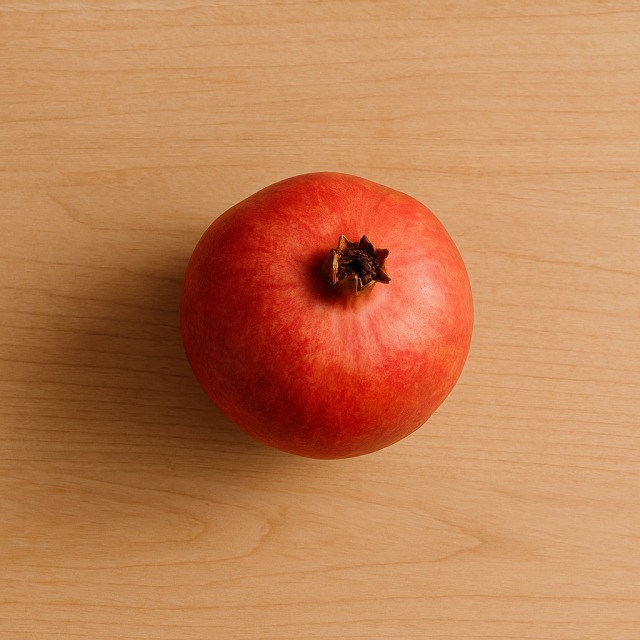Calorie Chart / Fruits / Kumquat
How Many Calories Are in Kumquat?
Calculation of the nutritional value & Recommended Dietary Intake of kumquat
For g and a calorie requirement of kcal
| Calories 11 kcal | Proteins 0.3 g | Lipids 0.2 g | Carbohydrates 1.9 g |
| 1% | 0% | 0% | 1% |
Health benefits of kumquat

Kumquat - 100g
Calories 42 kcal
Proteins 1.1 g
Lipids 0.9 g
Carbohydrates 7.4 g
Kumquat is considered a low-calorie fruit: with only 42 calories per 100 g, it fits perfectly into menus where every gram of calories matters. Thanks to this modest calorie density, it can easily replace higher-calorie snacks while still bringing colour and flavour.
Beyond its limited calorie intake, kumquat provides a remarkable dose of vitamin C (around a third of the daily recommendation in 100 g). Its edible peel concentrates flavonoids such as hesperidin and narirutin, recognised antioxidants that, together with the fruit's carotenoids, help fight oxidative stress. Soluble and insoluble fibres support digestive comfort and prolong satiety without adding many calories, an asset both for weight management and sports recovery.
The mineral profile is modest but useful: potassium contributes to normal blood pressure regulation, while small amounts of calcium and magnesium participate in bone and muscle function. Some laboratories are studying the essential oils contained in the peel for their supposed antibacterial activity; these benefits remain "supposed" until larger clinical trials confirm them.
Originally cultivated in southern China, kumquat (literally "golden orange") symbolises prosperity and is often offered during Lunar New Year celebrations. Its history of travel along the Silk Road to Europe in the 19th century underlines how long mankind has valued this bright, low-calorie citrus.
Tips for incorporating kumquat into a balanced diet
Because kumquat adds intense citrus notes for very few calories, it is ideal in a balanced snack: wash, slice thinly (peel included) and mix with a handful of raw almonds or hazelnut kernels to obtain fibres and healthy fats while still keeping calories under control.
In a light lunch bowl, combine blanched quinoa, baby spinach, diced avocado, and thin kumquat rounds. A drizzle of olive oil and a squeeze of lime create a complete dish that remains moderate in calories while offering complex carbohydrates and proteins.
For athletes watching calories but craving flavour, prepare a citrus glaze by simmering kumquat slices with a teaspoon of honey and use it on oven-baked salmon. The sweetness balances the fish's omega-3s without adding many extra calories.
If you fancy a gourmet touch, sear a duck breast and deglaze the pan with kumquat juice and balsamic vinegar: the fruity acidity cuts through the meat's fat, allowing the overall plate to stay reasonable in calories compared with heavier cream sauces.
Finally, candied kumquat halves stirred into chilled yogurt or folded into a fruit salad alongside mango cubes provide a refreshing dessert whose calories you can easily adjust by playing with the quantity of sweetener.
Frequently Asked Questions
- How many calories are in kumquat?
- There are 42 kcal per 100 g.
- Is kumquat good for weight-loss diets?
- Yes. Its 42 kcal per 100 g, high fibre, and strong flavour make it easy to keep overall calories low while feeling satisfied.
- Do kumquats have fewer calories than an orange?
- Kumquat and orange are comparable, but kumquat is slightly lower in calories. The difference is small, yet every few calories matter when you track intake precisely.
- Can I eat the peel without increasing calories?
- The peel is edible and does not meaningfully raise total calories, yet it boosts antioxidant intake.
- How many kumquats equal 100 kcal?
- Roughly 240 g, or 10–12 medium fruits, are needed to reach 100 kcal, illustrating how easy it is to enjoy volume with limited calories.
Similar foods
Information provided by Calorie Menu may contain inaccuracies or errors. It cannot, under any circumstances, substitute medical advice or medication.










